Discussion: "Chronic pain: Why does pain persist and become increasingly difficult to stop?"
Unlike pain caused by muscle, bone or joint damage, chronic neuropathic pain (chronic pain) does not leave visible wounds but erodes physical health, causing fatigue, insomnia and severe mental decline.

Chronic neuropathic pain causes fatigue, insomnia and severe mental decline (Photo: Hong Ngoc Hospital website).
Meanwhile, many people still do not know that modern medicine, especially interventional radiology techniques, is opening up effective and safe treatment directions.
In order to help readers understand the nature of chronic pain and promptly access new treatment methods, Dan Tri Newspaper in collaboration with Hong Ngoc - Phuc Truong Minh General Hospital organized a seminar with the topic "Persistent pain due to neurological causes: New progress from interventional radiology".
The program has the participation of Dr. Trinh Tu Tam, Head of the Department of Diagnostic Imaging and Interventional Radiology, who has many years of experience in the field of image-guided intervention and treatment of complex pain diseases.
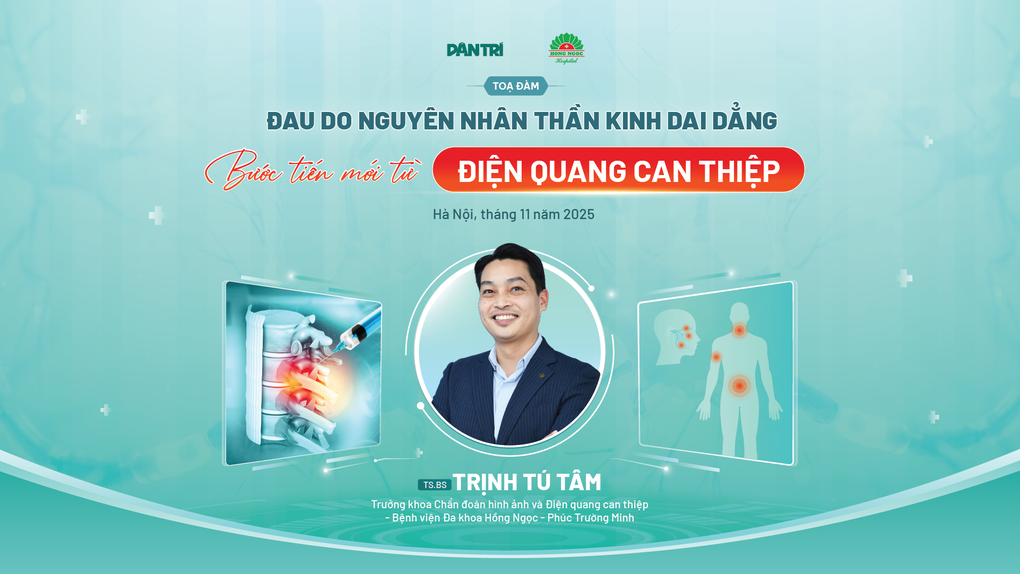
The seminar with the topic "Persistent neuropathic pain: New advances from interventional radiology" took place at 9:00 a.m. on November 28 (Photo: Dan Tri).
Chronic pain that lasts for months
According to doctors, chronic pain forms when nerves are damaged, inflamed or compressed, causing pain signals to be transmitted continuously or incorrectly to the brain. This condition, if prolonged, causes the nervous system to form “pain memories”, thereby reacting strongly to even the smallest stimuli.
Many patients describe that they feel a sharp pain when they lightly touch the skin, or that the pain occurs without any impact. It is this characteristic that makes chronic pain less responsive to conventional painkillers and more likely to persist than other types of pain.
The source of pain is also varied. Some people have pain due to a herniated disc or spinal stenosis that compresses nerve roots; others develop pain after shingles, after surgery, or from metabolic diseases such as diabetes.
There are cases where pain lasts for months after trauma or dental intervention, such as trigeminal neuralgia after tooth extraction. When not treated promptly, the pain not only reduces mobility, but also causes chronic insomnia, anxiety, depression and significantly reduces quality of life.
Accurate diagnosis plays a very important role. Dr. Trinh Tu Tam said that doctors must combine symptom analysis, nerve sensory examination and use MRI, CT, electromyography or neurosonography to determine the exact location of the lesion. If the source of the pain is not found, the patient can easily fall into a state of prolonged medication without progress.
Interventional Radiology: A New Approach to Effective Pain Control
The seminar also devoted a large amount of time to analyzing current treatment methods. Although medication is still the first choice, long-term use of medication often leads to drug resistance, side effects, and does not completely address the source of pain.
Supportive measures such as physical therapy, rehabilitation, or psychological therapy have some value, but are often not effective enough for severe or long-standing pain.
In that context, interventional radiology has emerged as a new step forward in modern medicine. Under the guidance of ultrasound, CT or angiography systems, doctors can precisely inject drugs into the nerve root area or pain point, helping to reduce inflammation, reduce edema and "interrupt" the pain transmission.
For many patients, after just one intervention, the level of pain is significantly reduced, helping them return to normal activities without having to rely too much on medication.
In the discussion section, the doctor will directly answer practical questions from readers. Common pains such as trigeminal neuralgia lasting for months, severe pain when turning due to vertebral collapse, or prolonged post-herpetic neuralgia causing psychological breakdown... will all be directly answered by Dr. Trinh Tu Tam, and directions will be given to help patients have a clear and appropriate treatment orientation.
This seminar is not only an opportunity for the public to better understand chronic pain, but also opens a more positive perspective on the medical advances that are present in the country. With the strong development of image-guided intervention techniques, patients have every hope of escaping prolonged pain, improving mobility and regaining quality of life.
The program will start at 9am on November 28 and will be broadcast on Dan Tri Newspaper's platforms. Readers are invited to watch to update accurate and useful scientific information for the treatment process and long-term health care.
You can now ask our experts questions here:
Source: https://dantri.com.vn/suc-khoe/buoc-tien-moi-tu-dien-quang-can-thiep-chua-dau-than-kinh-dai-dang-20251127180238439.htm










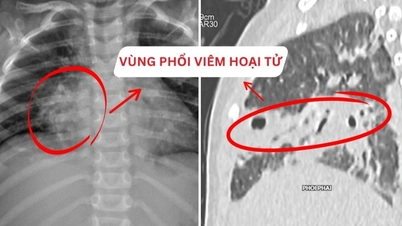



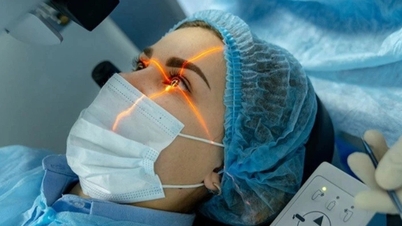




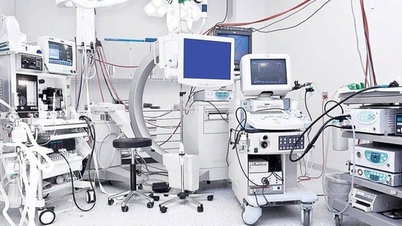








































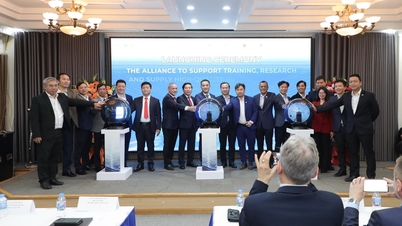


















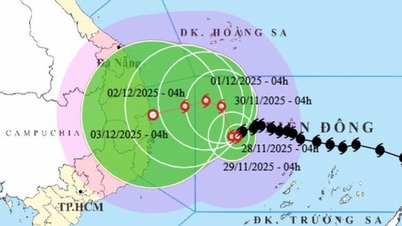



























Comment (0)